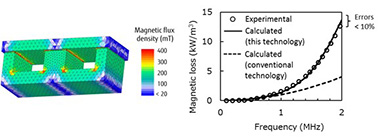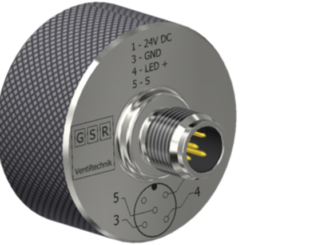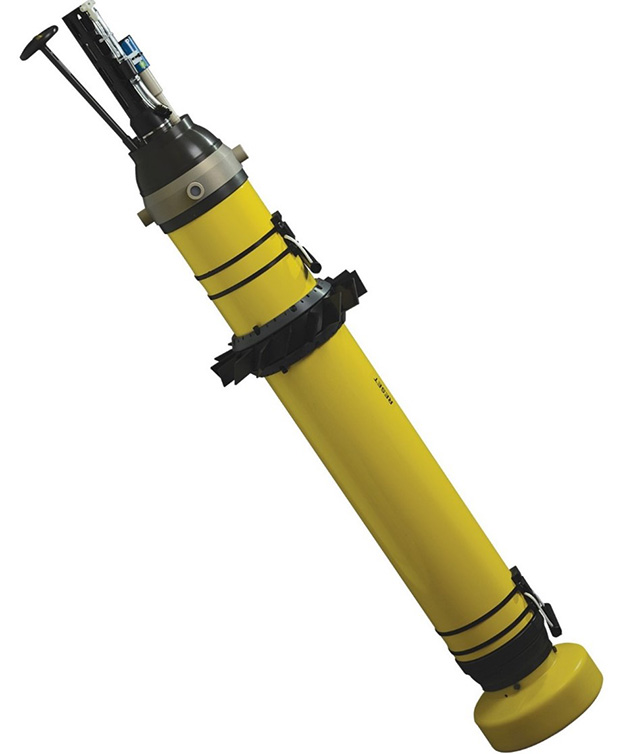
Knowing the speed of ocean waters can be important to understanding major weather events. A cleverly designed spinning float from Teledyne Webb Research accomplishes the task and can transmit its data from remote seas to scientists looking for answers.
The company’s APEX-EM float directly measures water motion through induced electric currents. Electric fields in the ocean create electric currents, which can be measured by the float to determine the speed of moving sea water in fine detail, explains Hugh Fargher, APEX applications engineer, who notes that the floats are increasingly being deployed in ocean monitoring programs.
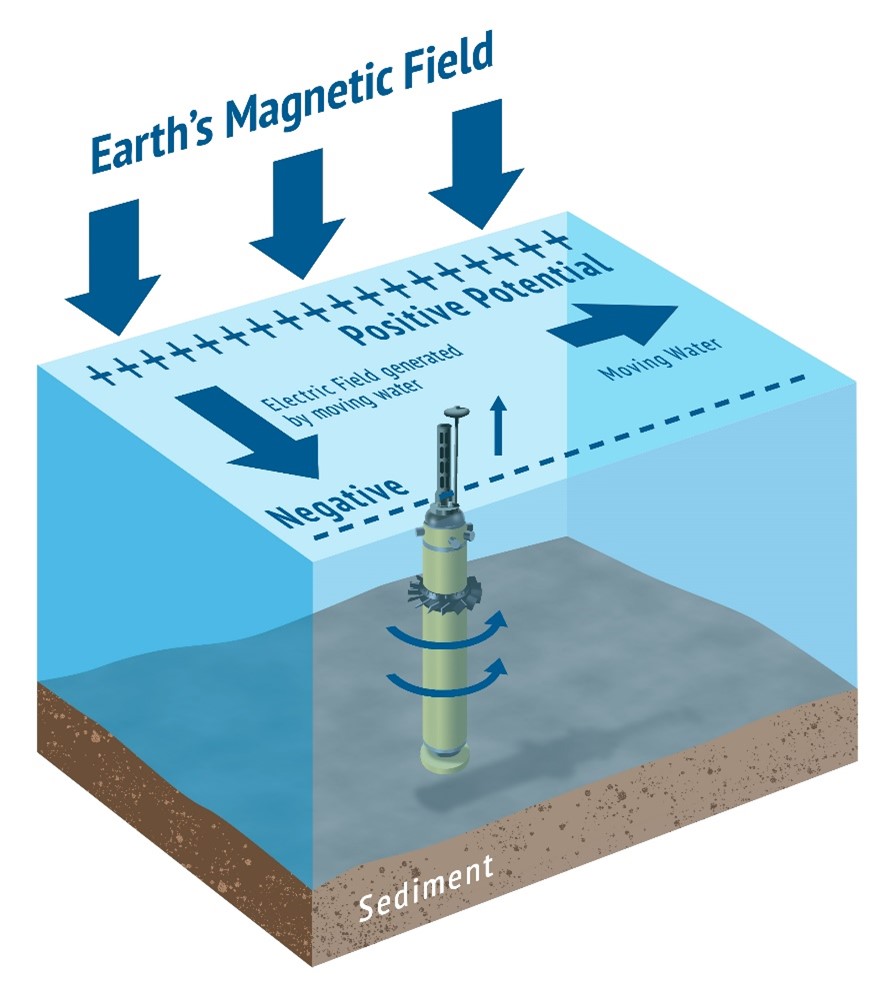
Ocean electric fields are caused by water currents, and depend on two facts: saltwater is electrically conductive, and there is a background Earth’s magnetic field. Saltwater moving in the magnetic field acts like a battery and generates an electric field. This can be seen in the diagram, where moving sea water generates the electric field from one side to the other. This in turn creates an electric current that completes a circuit by returning through the slower moving, bottom water and weakly conductive bottom sediment. Measuring this electric current allows the speed of the moving sea water to be calculated.
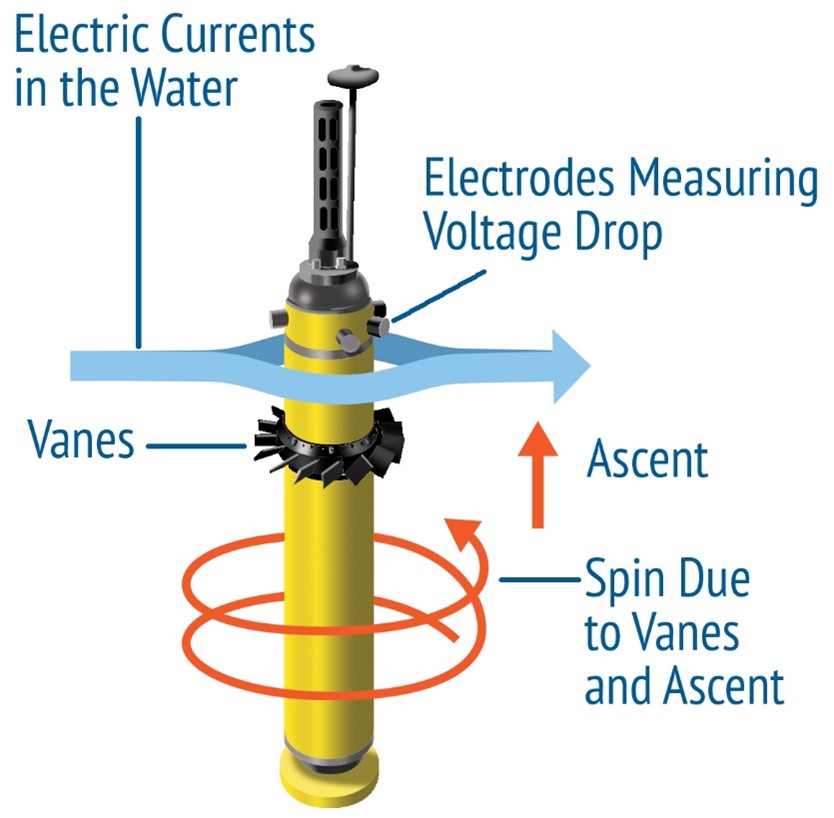
The measured electric current depends on both the ocean water velocity and depth, together with an offset from the depth averaged velocity. In practice, GPS positions taken at the surface give the underwater displacement and provide an estimate for this offset velocity. The float also rotates as it profiles to counter the offset potential of the actual electrodes used by the APEX-EM float to measure the electric field. This allows measurement of the electrode offset to be separated from the weaker field created by the moving seawater. The technology is the result of a collaboration between Teledyne Webb Research and the Applied Physics Laboratory at the University of Washington.
APEX stands for “Autonomous Profiling Explorer”. The company makes a range of the floats, providing a platform for a variety of sensors, drifting with the ocean current while descending and ascending between the surface and some predefined depth, all the time taking sensor measurements which are then telemetered back to a data-server via satellite. The floats can also be deployed by aircraft using parachutes, which makes them ideal for exploring areas that can be difficult to access.
Based in North Falmouth, Massachusetts, Teledyne Webb Research designs and manufactures scientific instruments for oceanographic research and monitoring with a focus on extended observations over both time and space. It specializes in three areas of ocean instrumentation: neutrally buoyant, autonomous drifters and profilers (10,000 to date), autonomous underwater gliding vehicles (900 to date), and moored underwater sound sources. The systems are core to several major ocean monitoring programs. For more info, see www.teledynemarine.com.

